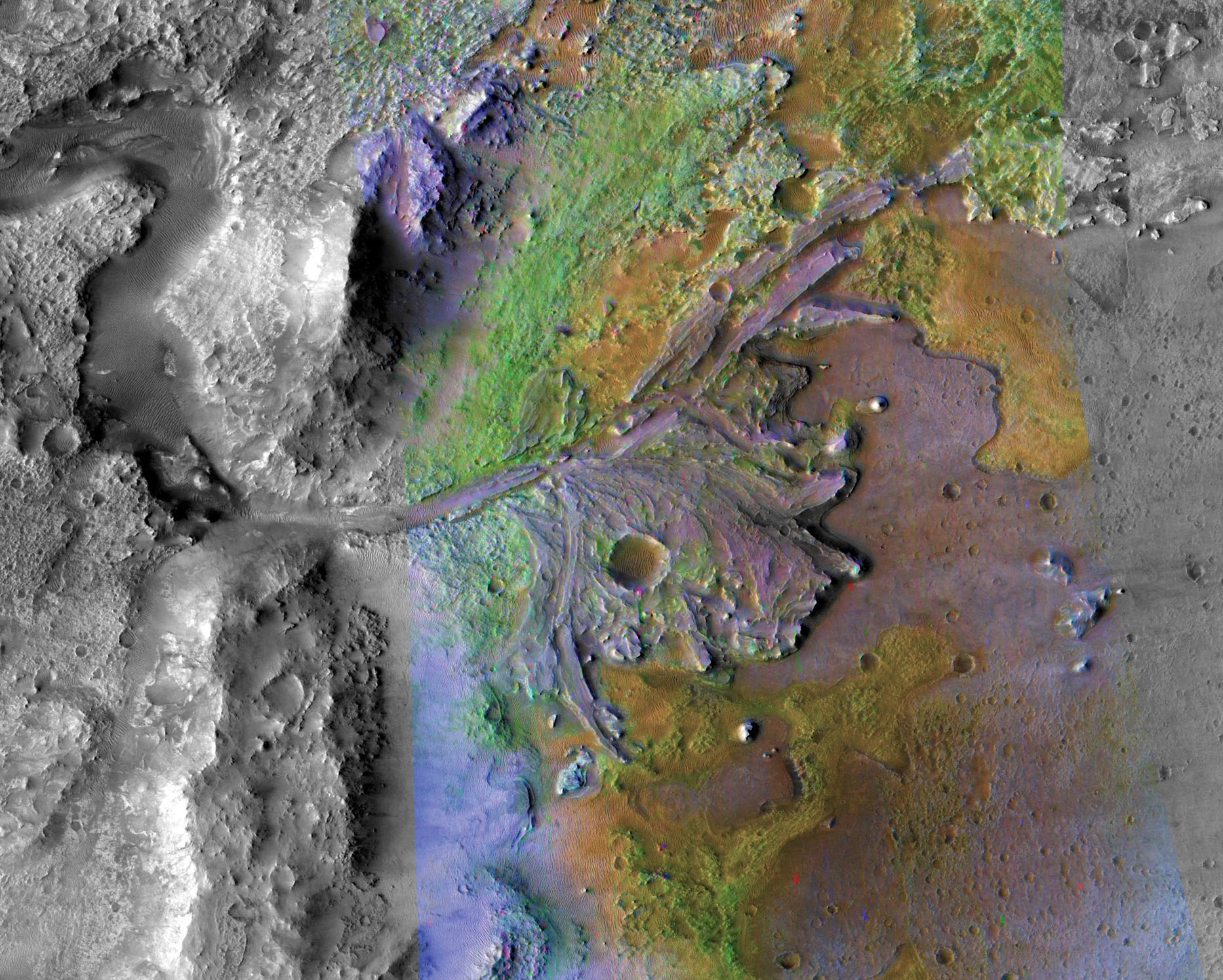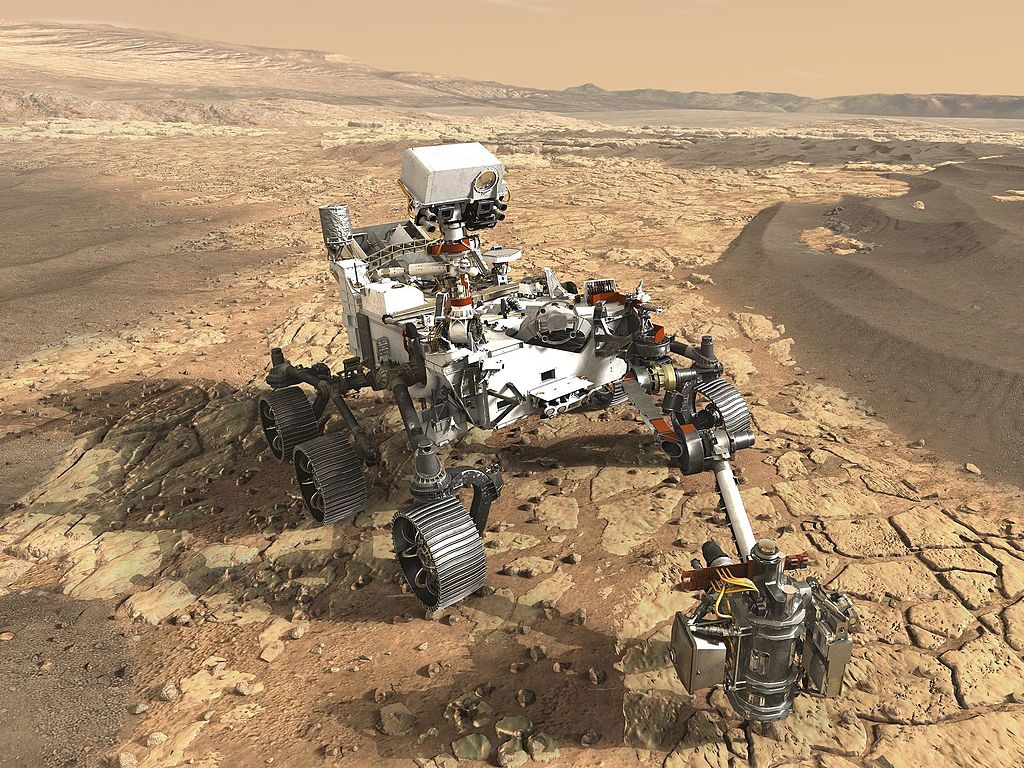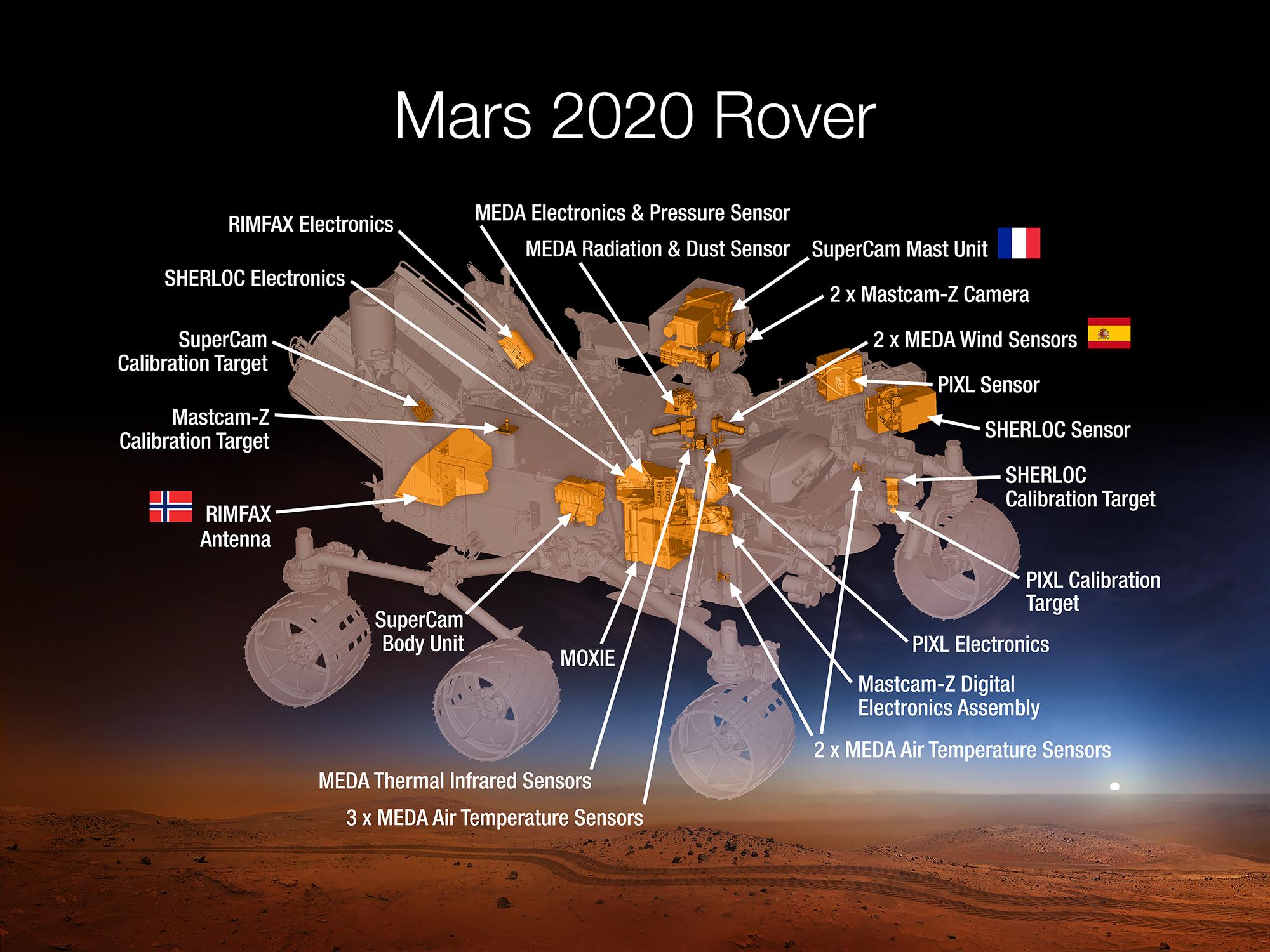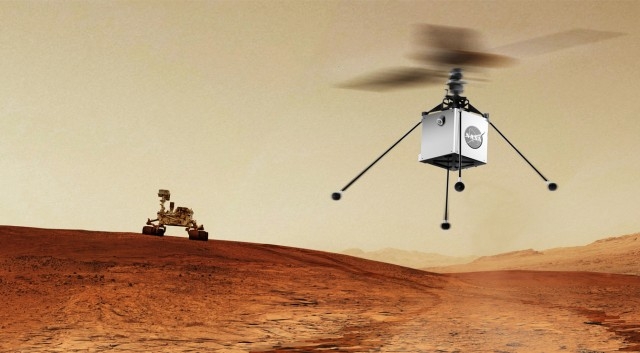
And the winner is… Jezero Crater! NASA has chosen this location as the landing site on Mars for its next big rover mission – Mars 2020. The announcement is the result of a fiver-year-long search, during which more than 60 potential locations were considered for the mission, which will search for evidence of past life.
“The landing site in Jezero Crater offers geologically rich terrain, with landforms reaching as far back as 3.6 billion years old, that could potentially answer important questions in planetary evolution and astrobiology,” said Thomas Zurbuchen, associate administrator for NASA’s Science Mission Directorate. “Getting samples from this unique area will revolutionize how we think about Mars and its ability to harbor life.”
Jezero Crater is a 28-mile-wide (45-kilometer-wide) crater on the western edge of Isidis Planitia, which itself is a much larger impact basin just north of the equator. The crater contains the remnants of an ancient river delta, which scientists think could preserve organic molecules or other signs of ancient microbial life. The crater holds at least five different kinds of rock, including clays and carbonates. Those types of rocks are ideal when searching for organic signatures of past life, similar to how the Curiosity rover has found organics in ancient mudstone rocks in Gale Crater, which used to be a long-lived lake a few billion years ago.

Material that was washed into the delta from a large watershed may also contain a wide variety of minerals, which could also provide valuable clues about the habitability of this region, and even whether it actually was home to any microorganisms.
Jezero Crater is very geologically diverse, one of the main reasons it is so appealing to scientists, with the river delta and watershed, cliffs, boulders, sand ripples in depressions and small impact craters. This kind of terrain is exciting for scientists, but can also pose potential hazards when landing.
“The Mars community has long coveted the scientific value of sites such as Jezero Crater, and a previous mission contemplated going there, but the challenges with safely landing were considered prohibitive,” said Ken Farley, project scientist for Mars 2020 at NASA’s Jet Propulsion Laboratory. “But what was once out of reach is now conceivable, thanks to the 2020 engineering team and advances in Mars entry, descent and landing technologies.”
Mars 2020 was designed to be able to land in more challenging terrain, however. Mission engineers had refined the landing system enough to be able to reduce the Mars 2020 landing zone to an area 50 percent smaller than that for the landing of Curiosity in 2012, which allowed for landing in rougher areas. Mars 2020 has a new technological capability called Terrain Relative Navigation (TRN), which the sky crane landing system can use to avoid terrain that is too hazardous. Curiosity also used the sky crane, a rocket-powered descent stage, to bring the rover safely down to the surface.

While the landing site has now been chosen, it is also still dependent on further analysis of the TRN capability; the final report is expected to be given to an independent review board and NASA Headquarters in the fall of 2019.
“Nothing has been more difficult in robotic planetary exploration than landing on Mars,” said Zurbuchen. “The Mars 2020 engineering team has done a tremendous amount of work to prepare us for this decision. The team will continue their work to truly understand the TRN system and the risks involved, and we will review the findings independently to reassure we have maximized our chances for success.”
Mars 2020 will launch in July 2020 and land in February 2021. As well as analyzing samples itself, it will also store other samples in cache, to be later collected by a future NASA/ESA mission that will bring them back to Earth for further study. Selecting the landing site so early will allow the rover team plenty of time to optimize the mission plans for after the rover is on the ground – assisted by NASA’s Mars orbiters, which will map out the region in great detail.
Mars 2020 is also now scheduled to carry a small autonomous drone-like “helicopter” – called the Mars Helicopter – that will scout out areas of interest for the rover to explore, something never done before on any planetary mission.

But well before Mars 2020, NASA’s next Mars mission will be landing in just a few days from now, on November 26. InSight is a lander, not a rover, and will stay in one spot in Elysium Planitia to probe the deep interior of Mars to look for signs of geological activity and find clues as to how Mars has evolved geologically over time.
Mars 2020 promises to be an exciting mission, as it will be the first to focus primarily on astrobiology instead of geology since the Viking landers in the late 1970s/early 1980s. That focus will be on past life, evidence for ancient microbial activity or perhaps even microbial fossils, while Viking searched for evidence of current life. But even so, any evidence for life on Mars, past or present, would be one of the most incredible discoveries in history.
More information about Mars 2020 is available on the mission page.
FOLLOW AmericaSpace on Facebook and Twitter!






Jezero crater is aptly named. It means “lake” in Slavic (i.e., Serbian) languages. A bit of trivia.